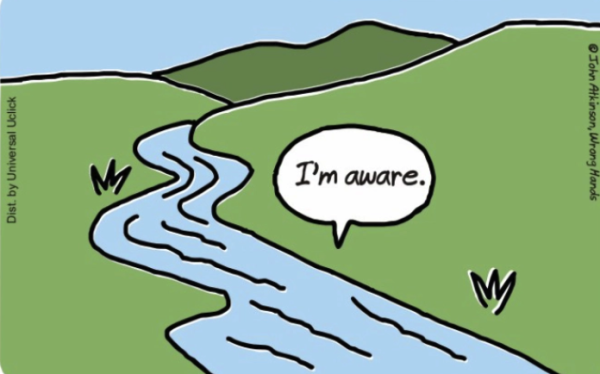Maybe our parents were just happier: musical changes over the years
Everyone’s heard someone say “back in my day, music used to be less…”—fill in the blank with whatever part of the song happens to be particularly strange to that person. We usually dismiss these comments, attributing the person’s distaste for modern music to their age, but could there be truth to what they’re saying? Although our initial inclination is to ignore such remarks, recent studies have shown a dramatic change in music, including in lyrics, tempo, and musical keys over the decades.
In a study published in the Journal of Psychology of Aesthetics, Creativity, and the Arts, researchers Glenn Schellenberg and his colleagues discovered a number of changes in popular music today compared to popular music from the 1960s. Schellenberg tracked the mood of Billboard’s top hits spanning the last five decades to confirm his theory that popular music has become increasingly brooding. The first change Schellenberg noted was the key songs were written in during the 1960’s compared to today. According to the study, only about 15% of hit songs written during the 1960s were performed in a minor key. Today, 60% of all top 100 songs are written in a minor key, giving them a darker and more melancholic feel. Along with this moody change in popular songs came a decrease in the tempo of the songs and an increase in the length. Songs written 50 years ago had an average of 116 beats per minute, while songs written during the last decade have decreased to only about 100 beats per minute. Songs have also gotten longer, increasing from about three minutes to four minutes on average.
Another change discovered during the study was how different people’s musical taste has become. This may seem obvious, because as time changes we change, but what was discovered proved fascinating. Schellenberg found that people today enjoy music that is contradictory, and in turn, music has increasingly shown emotional ambiguity. This is to say that songs that inhabit the top 100 charts have begun to challenge the popular view of what a “sad” or “happy” song should sound like, and people are loving it. A recent article published in Scientific American provided a couple of examples of songs that have this “emotional complexity.” The first is Rihanna’s “Disturbia,” a fast-paced dance song written in a minor key.; the fact that the song is fast yet minor is emotionally contradictory. Alicia Key’s “No One” is the exact opposite; a slow, emotional ballad written in a major key. Researches have a few theories about why people have grown so attached to these conflicting songs. One is that today’s top 100 lovers have become more musically sophisticated, allowing them to appreciate the aesthetic ambiguity of conflicting tempo and musical key. Another theory is that this love of emotional complexity is due to little more than the fact that people have become more inclined to listen to sad music.
So if you hear people talking about the music back in their day being happier, don’t dismiss them. Their nostalgia for the music of the old days may be rooted in the changing tempos, minor keys, or the increased emotional ambiguity that has slowly but steadily snuck onto the Billboard top 100 charts. The question of why this shift in popular music has happened is more up in the air, but for now it is enough to accept the change as fact by listening to music with a more critical ear, attuned to this knowledge.


